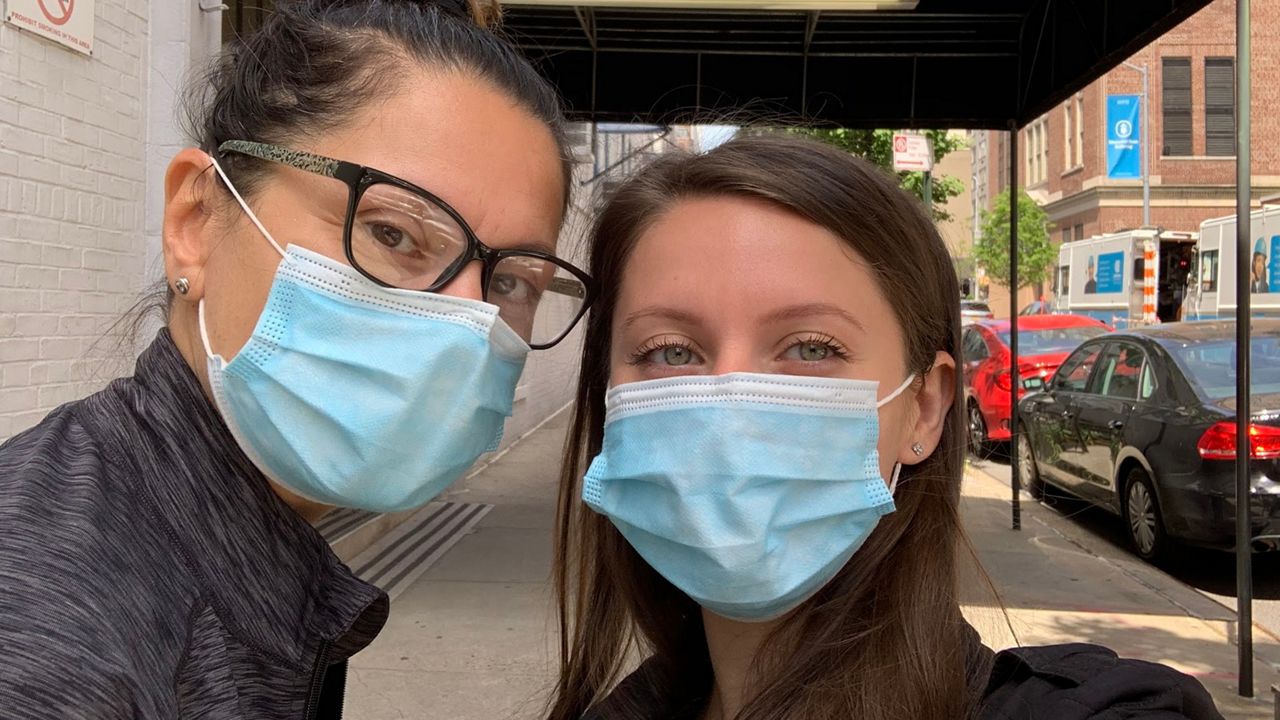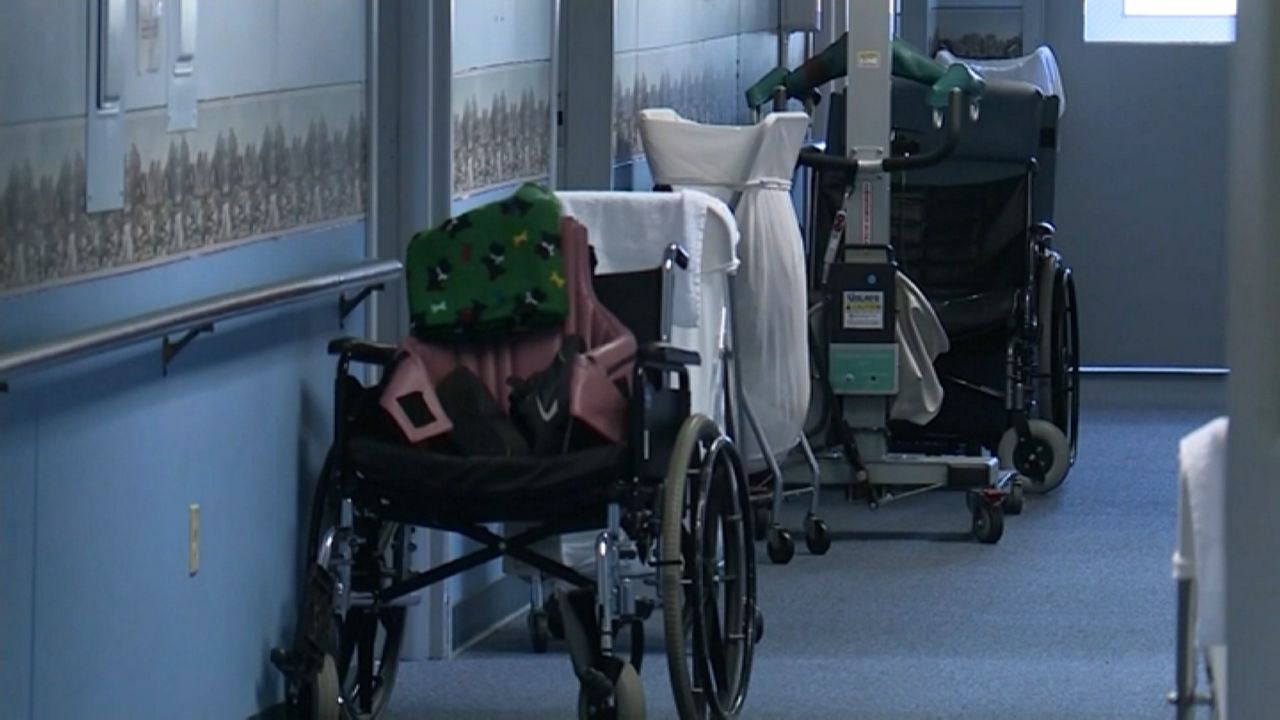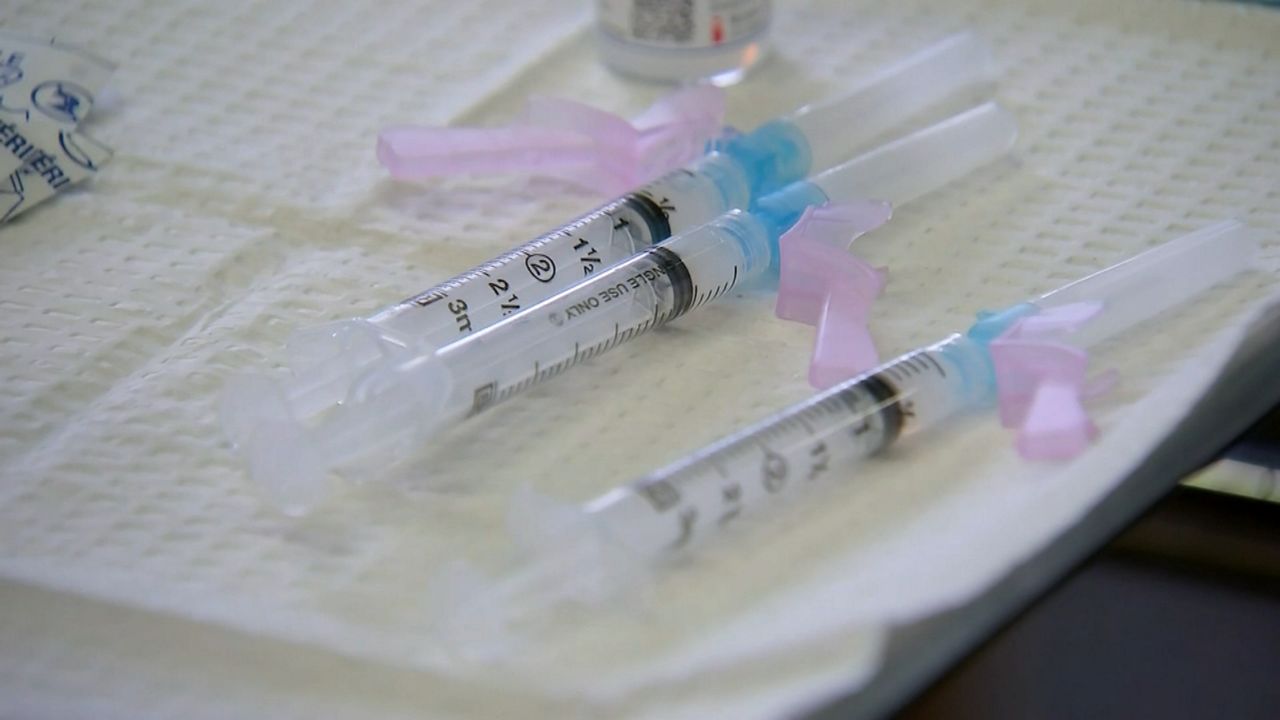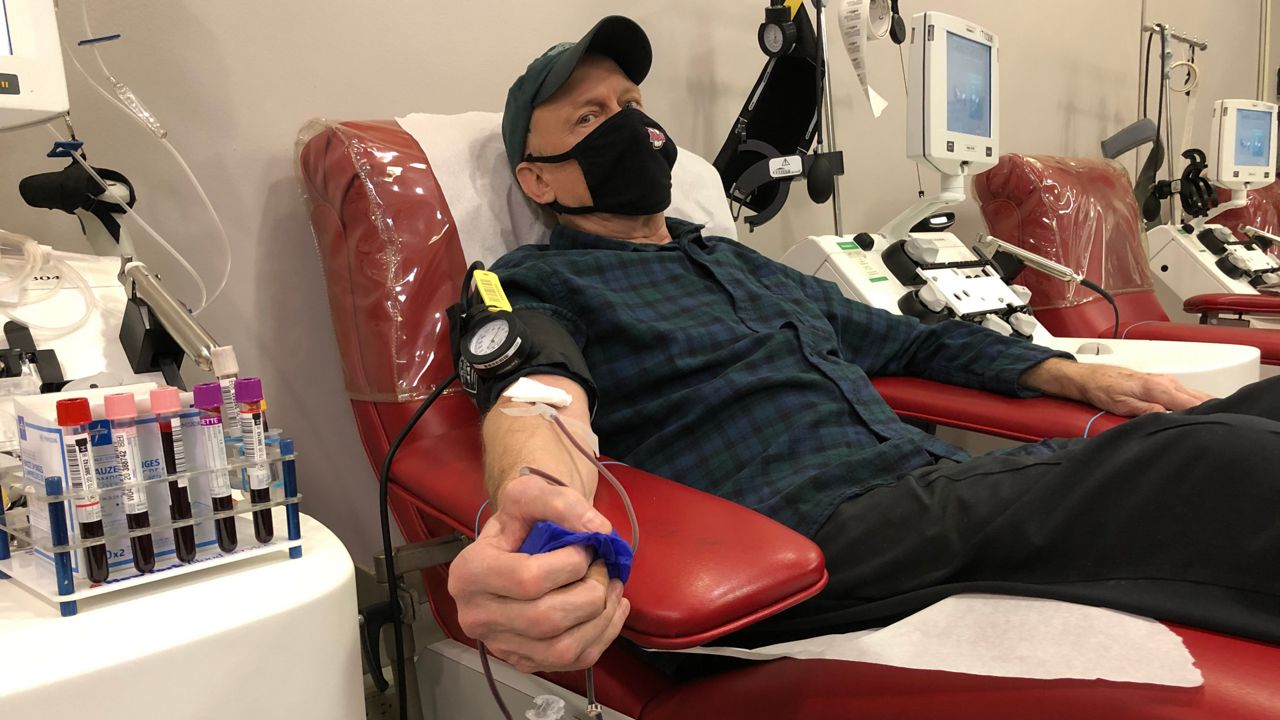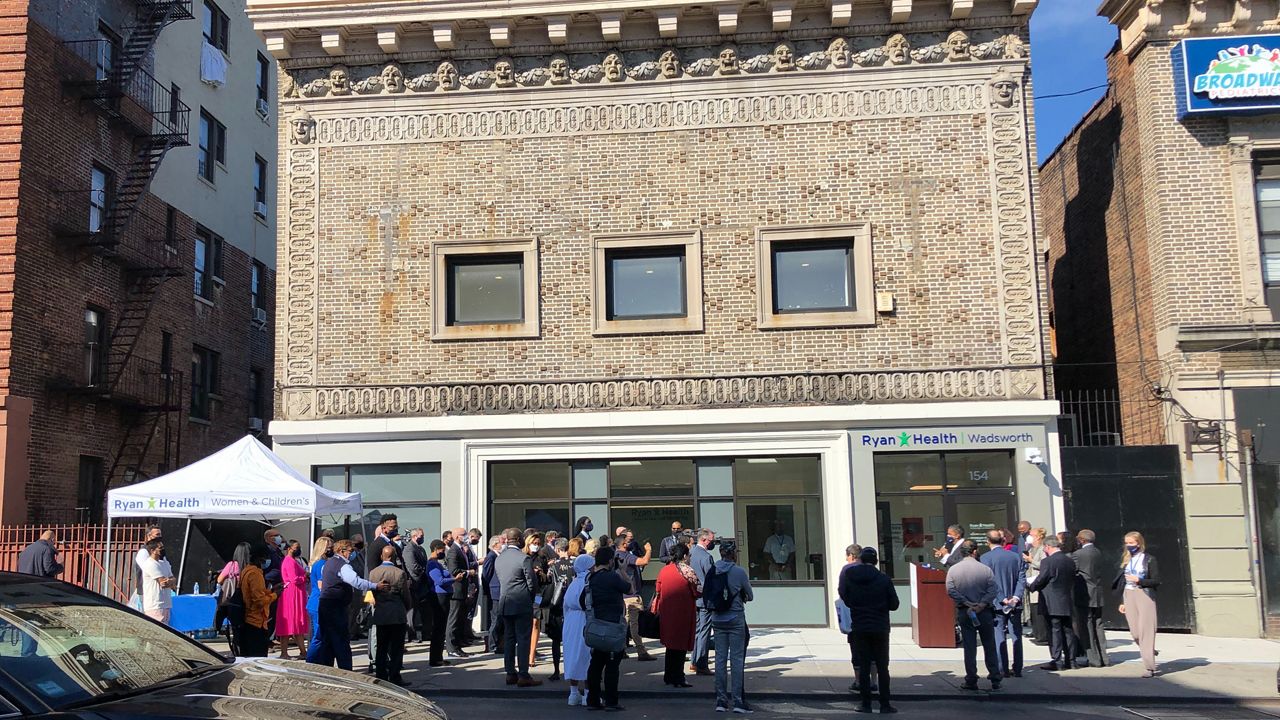Last month I told you how difficult it was for me and my family to get tested for coronavirus. We tried several times, to no avail. Even though we were symptomatic, we never got tested because we couldn’t.
At the time, the New York City and New York State Health Departments were only testing people who required hospitalization or who were frontline workers. Our symptoms weren’t severe enough, and we aren’t healthcare workers or first responders.
Even our attempts to get tested through Urgent Care and CityMD failed. We just didn’t meet the testing qualifications.
We started feeling coronavirus-like symptoms the week of March 23rd. We quarantined at home and self-isolated as best we could. We didn’t know what we had, but acted as if it was the virus.
Good thing we did.
On April 23, one month after the onset of our symptoms, we got tested for the coronavirus antibody. Two days later we got our results. We were all positive.
It felt like we had won the lotto.
Even though it’s unclear what our immunity is or if we have immunity at all, we are unbelievably relieved. We don’t feel invincible, and we still err on the side of caution, but we live our lives with a bit more comfort and ease now, more so than we did a month ago.
We all had mild cases. We were never hospitalized. We were all able to recover at home. We were lucky.
After learning we had the antibody, we signed up to donate convalescent plasma -- to help other New Yorkers who have serious cases, who are hospitalized, and who can’t recover at home.
Convalescent plasma is a yellowish liquid, the part of the blood where antibodies live. It is currently being used as an experimental treatment for people with severe cases of coronavirus. Doctors say one pint of plasma can help up to four people.
My mom and I registered to donate through the New York Blood Center. To be considered, you must have documentation of a positive, lab-confirmed test result, be symptom-free for at least 14 days, and be willing to donate plasma.
You can only register through the center’s online registration form, and each person must apply individually. If you try to call or show up to the center in person, they’ll refer you to the website. You don’t get a confirmation when you submit your form. If you meet the criteria, you’ll receive a phone call to schedule an appointment.
I got my phone call within a week of applying. It came from a woman from the Rhode Island Blood Center, which has been helping the New York Blood Center handle a surge in requests. If you miss your call, like I missed mine, don’t worry! They’ll leave a voicemail with a direct callback number. I called, made an appointment for myself and my mom, and we received confirmation emails shortly thereafter.
On donation day, we showed up 15 minutes before our appointment. We didn’t know what to expect. We had never donated before.
There were seven other people waiting with us. We all sat on chairs separated six feet apart in the lobby. Everyone wore masks — the donors, the doctors, the nurses, the specialists, even the security guards. As we waited, our temperatures were taken using strips placed underneath our tongues.
After about a 35-minute wait, we were brought into another room where we filled out an online questionnaire. We were asked if we were on any medications; if we had traveled within the last three years; if we had gotten a tattoo or body piercing within the last 12 months; if we felt ill. Then we were brought into separate rooms, where a nurse went over my questionnaire, took my temperature again, checked my vitals, weighed me, and gave me an iron test.
After an hour, we were ready to donate. We were hooked up to the blood machines. The 32-minute process was underway.
Unfortunately for me, my donation didn’t go as planned. About 10 minutes in I started to experience severe pain in my arm that was pumping blood. For my safety, they had to remove the needle and stop the process. Apparently, my vein was too weak to handle the pressure during the return cycle. When you donate plasma, your blood is separated so that only the plasma is extracted. The other parts of your blood are returned back into your body with citrate, a blood thinning medication that prevents clotting. Retrieve and return. It’s a cycle that continuously repeats throughout the entire process.
According to David Muckell, the donor specialist overseeing me, the return process can cause pressure on your vein, leading to pain or discomfort. He says it’s not uncommon and not exclusive to plasma donation. It can happen during platelet and whole blood donations too. Some donors have veins that are either too weak or too small to complete a full donation.
But it wasn’t all bad news: what I was able to donate can be used for testing or other needs.
My mom had a successful, drama-free donation; her plasma will be used to help coronavirus patients in need. I can try to donate again in eight days. Let’s hope another vein pulls through.
Every bag of plasma that’s donated is retested for the coronavirus antibody.
Overall, the process to apply and donate plasma was safe, easy, and efficient. The staff at the blood center was accommodating and pleasant. I had several donor specialists check in on me after being pulled off the machine. Everyone made sure I was comfortable and okay.
As upset as I am that I couldn’t complete the donation, I am incredibly proud of all the New Yorkers I saw that day willing to help those in need. If you’ve recovered from coronavirus, have tested positive for the antibody, and would like to donate plasma, I encourage you to do so. If you can donate blood, please do that, too. The city is experiencing an alarming shortage of blood donations due to the pandemic.
For more information and to register for plasma donation you can go to nycb.org.


